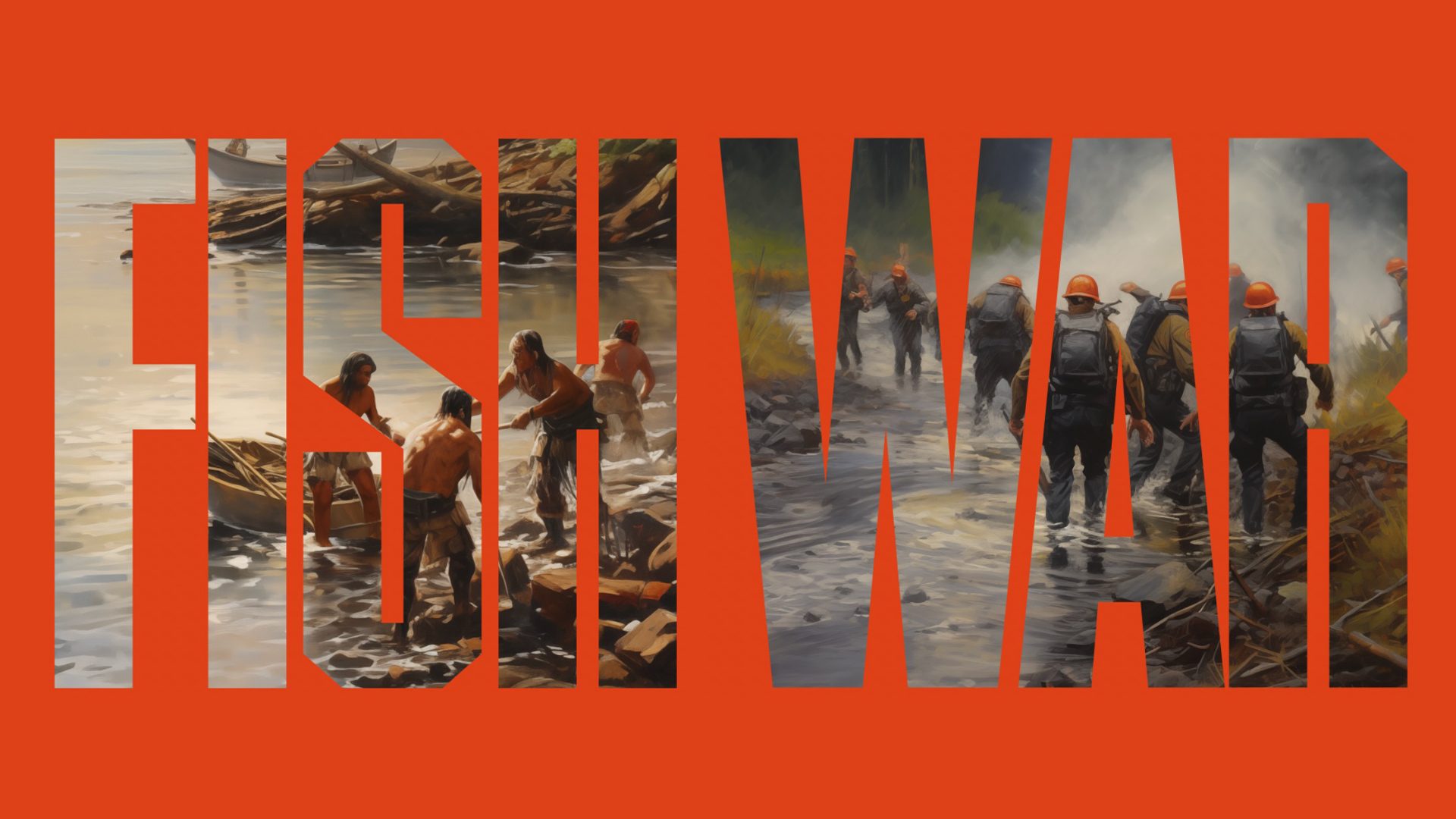Lummi Nation fisheries managers took to the air to learn more about chinook migrating up the Nooksack River.
In 2019 and 2020, Lummi Natural Resources staff placed radio transmitters in returning adult chinook and then monitored them in aerial surveys and by boat.
The fish were caught during the tribe’s annual spring tangle net fishery. In that fishery, all captured chinook are sampled, but usually hatchery fish are retained for tribal ceremonies and subsistence, while natural-origin salmon are released.
For the radio-tag survey, some of the hatchery salmon were tagged and released as well.
The expectation is that North Fork hatchery chinook enter the river first, on their way to the state’s Kendall Creek Hatchery. Tribal fishermen typically target these fish, so fisheries are scheduled before most of the natural-origin fish enter the river, as well as the South Fork hatchery chinook on their way to the tribe’s Skookum Creek Hatchery.
“We wanted to look at entry timing,” said Devin Flawd, stock assessment manager. “Can we time the fishery to reduce impacts on natural-origin fish and better manage their recovery?”
While the tangle net fishery has provided data about the timing of each stock’s entry into the river, the radio tags tell fisheries managers how long it takes the fish to migrate all the way upriver, and where they go along the way.
“Are they using deeper pools and holding in certain areas or just going upriver as fast as they can?” Flawd said. “This effort gave us a good bit of information on a lot of those questions.”
Another goal of the survey was to assess release survival.
“Are we making reasonable assumptions about how these fish are being affected by getting caught and released?” Flawd said. “We thought this would be a good opportunity to directly assess that. We did see high survival post release. The fish had the ability to migrate up to spawning grounds.”
Within 24 hours of tagging and releasing a fish, tribal staff tracked them by boat with a radio antenna. Weekly aerial surveys were conducted with a radio receiver on a two-seater airplane flown by retired Lummi fisheries biologist and pilot Mike MacKay.
“With one fish in particular, we did in-river tracking and we got a ping right by the release site,” Flawd said. “We went out a few times and kept getting pings in the same location. We thought maybe it regurgitated out the tag or died, but then we found the fish in an aerial flight many miles upriver. Sometimes the release event can be stressful, but this showed the fish are resilient.”
Natural Resources staff tagged 52 chinook in 2019 and 89 in 2020. Most made it upriver, although some of them did not make it to the spawning grounds. A handful returned to hatcheries, and two were caught by Nooksack tribal fishermen. One carcass was pulled from the water showing evidence of predation, although the tag was still inside.
Another tag led a Lummi biologist to the base of a tree, strongly suggesting the carcass had been carried back to a nest by an eagle.
“Our biologist was fairly certain the tag was at the top of that tree,” Flawd said.
Photo: Lummi Nation fishermen Steven Solomon Sr. and Taylor Solomon pull in a tangle net during the tribe’s 2021 fishery. K. Neumeyer






4.5